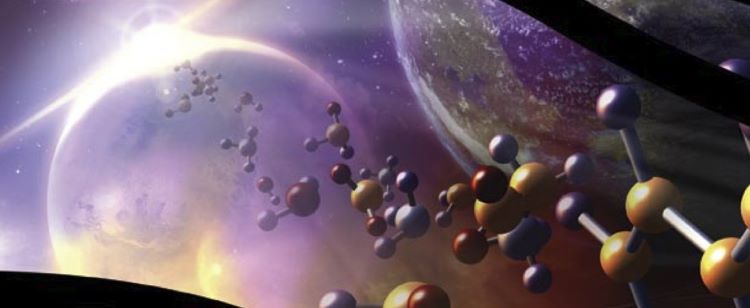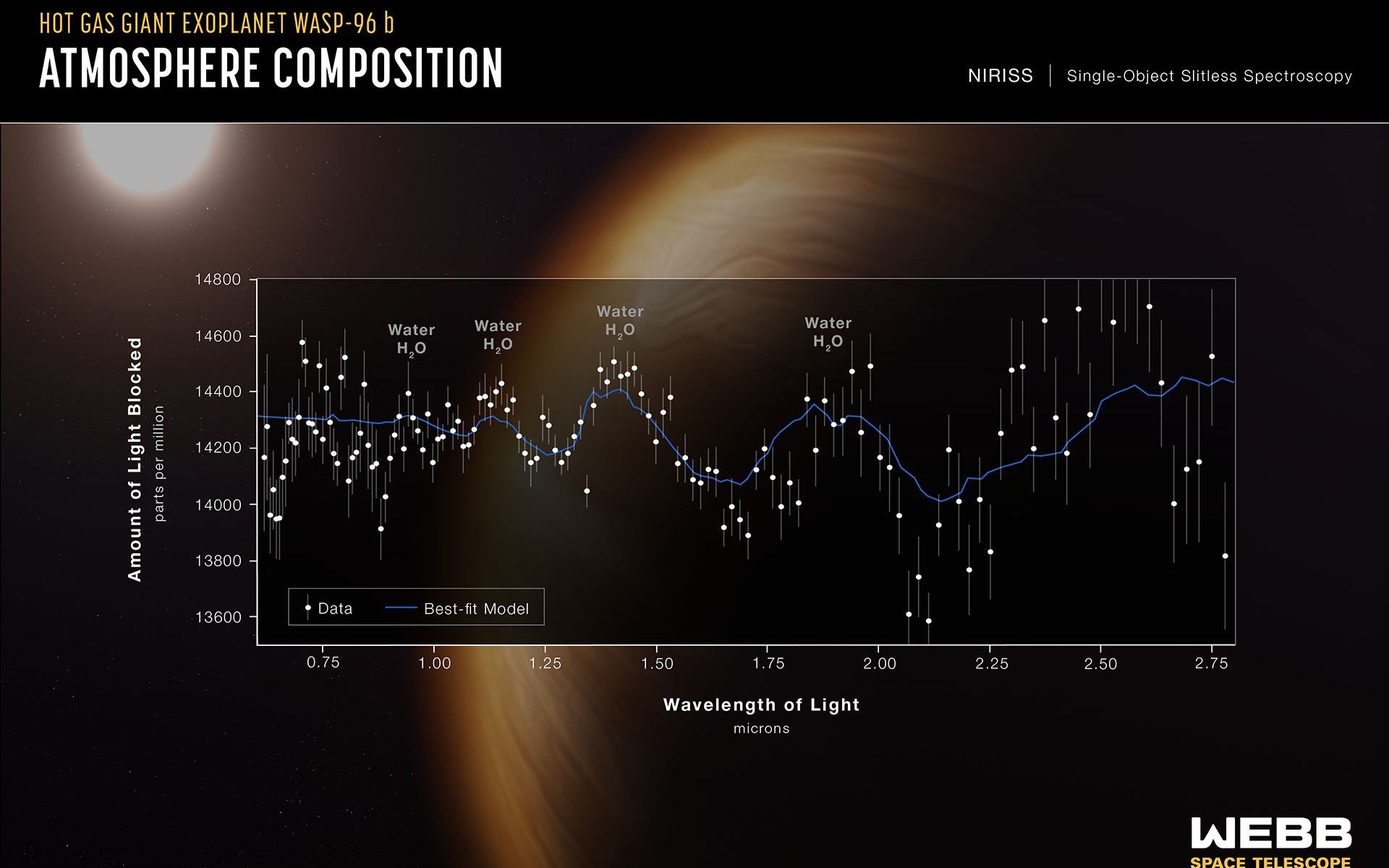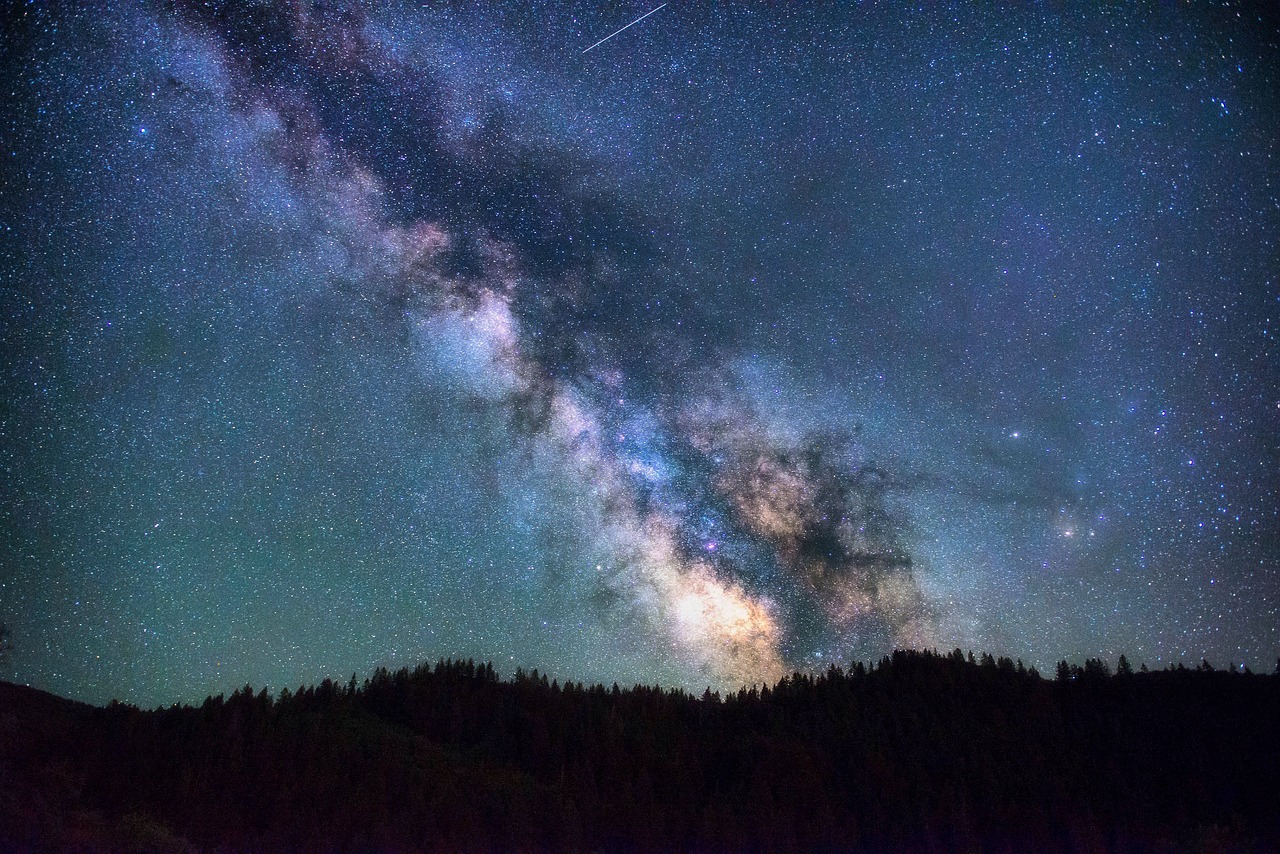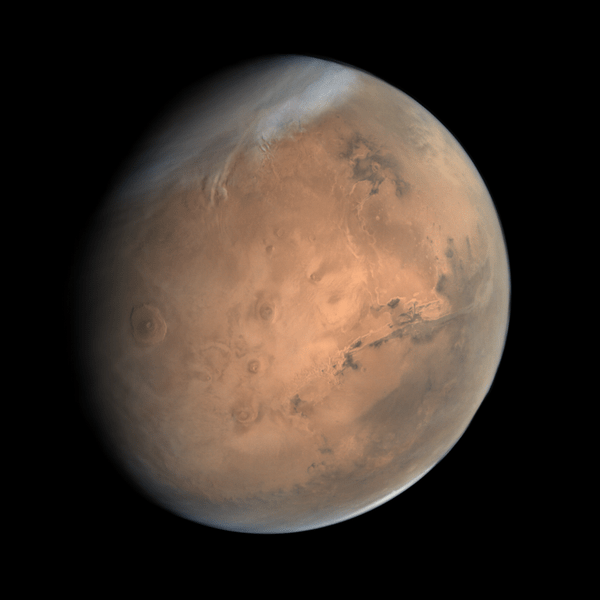Universe Today has proudly examined the importance of studying impact craters, planetary surfaces, and exoplanets, and what they can teach scientists and the public about finding life beyond Earth. Impact craters both shape these planetary surfaces and hold the power to create or destroy life, and we learned how exoplanets are changing our views of planetary formation and evolution, including how and where we might find life in the cosmos. Here, we will discuss how these disciplines contribute to the field responsible for finding life beyond Earth, known as astrobiology. We will discuss why scientists study astrobiology, also known as astrobiologists, challenges of studying astrobiology, and how students can pursue studying astrobiology, as well. So, why is it so important to study astrobiology?
Continue reading “Astrobiology: Why study it? How to study it? What are the challenges?”Even Tiny Amounts of DNA on Mars Will Be Detectable

The Search for Life is focused on the search for biosignatures. Planetary life leaves a chemical fingerprint on a planet’s atmosphere, and scientists are trying to work out which chemicals in what combinations and amounts are a surefire indicator of life. Martian methane is one they’re puzzling over right now.
But new evidence suggests that super-tiny amounts of DNA can be detected in Martian rocks if it’s there. And though it requires physical samples rather than remote sensing, it’s still an intriguing development.
Continue reading “Even Tiny Amounts of DNA on Mars Will Be Detectable”The JWST Just Found Carbon on Europa, Boosting the Moon’s Potential Habitability
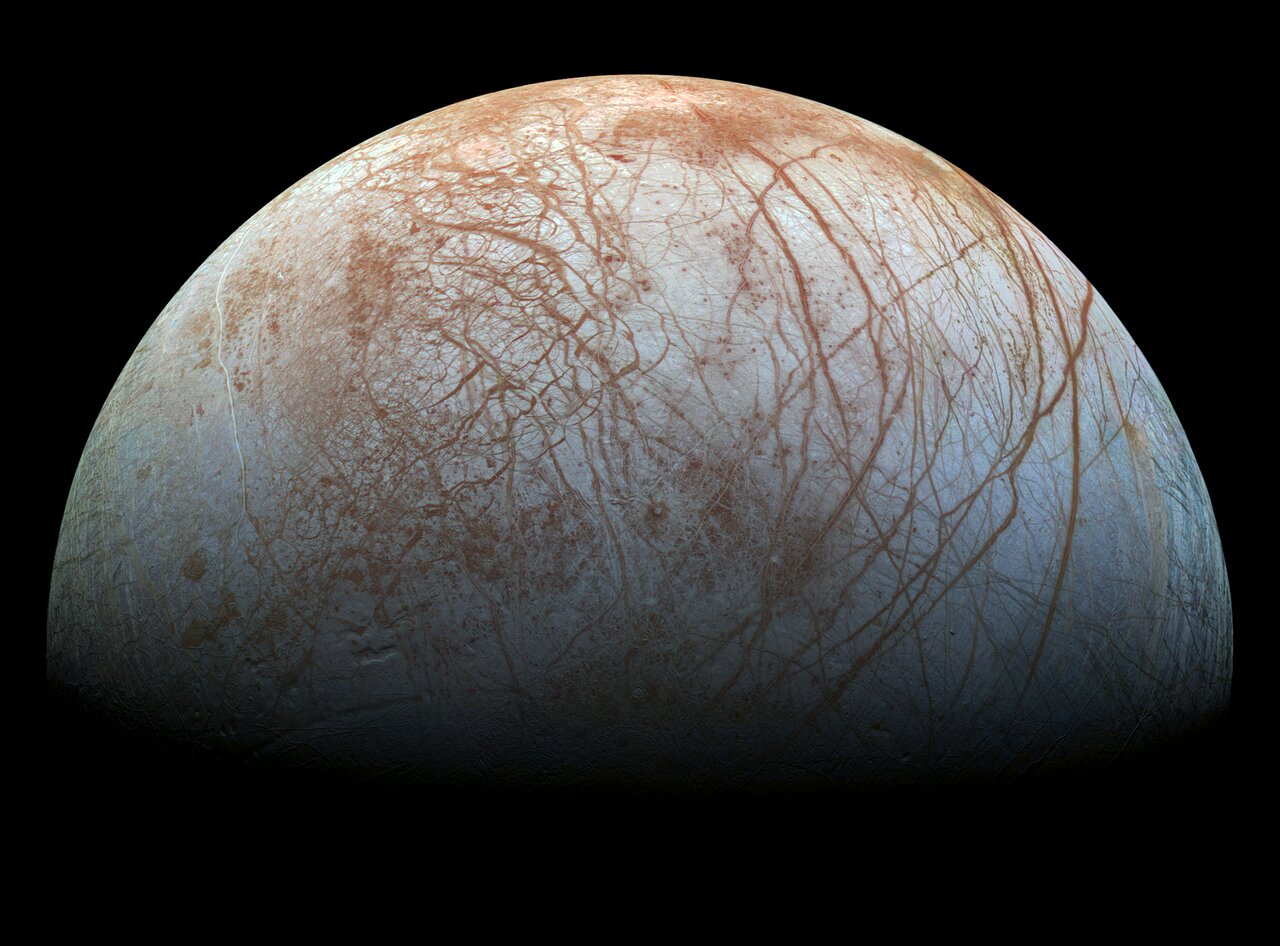
Most planets and moons in the Solar System are clearly dead and totally unsuitable for life. Earth is the only exception. But there are a few worlds where there are intriguing possibilities of life.
Chief among them is Jupiter’s moon Europa, and the JWST just discovered carbon there. That makes the moon and its subsurface ocean an even more desirable target in the search for life.
Continue reading “The JWST Just Found Carbon on Europa, Boosting the Moon’s Potential Habitability”The Clouds of Venus Could Support Life
A recent study published in Astrobiology examines the likelihood of the planet Venus being able to support life within the thick cloud layer that envelopes it. This study holds the potential to help us better understand how life could exist under the intense Venusian conditions, as discussions within the scientific community about whether life exists on the second planet from the Sun continue to burn hotter than Venus itself.
Continue reading “The Clouds of Venus Could Support Life”JWST is Powerful Enough to See a Variety of Biosignatures in Exoplanets
The best hope for finding life on another world isn’t listening for coded messages or traveling to distant stars, it’s detecting the chemical signs of life in exoplanet atmospheres. This long hoped-for achievement is often thought to be beyond our current observatories, but a new study argues that the James Webb Space Telescope (JWST) could pull it off.
Continue reading “JWST is Powerful Enough to See a Variety of Biosignatures in Exoplanets”A Lack of Alien Signals Actually Tells Us a Lot
In a recent study published in The Astronomical Journal, a researcher from the École Polytechnique Fédérale de Lausanne (EPFL) discusses the potential reasons why we haven’t received technoemission, also called technosignatures, from an extraterrestrial intelligence during the 60 years that SETI has been searching, along with recommending additional methods as to how we can continue to search for such emissions.
Continue reading “A Lack of Alien Signals Actually Tells Us a Lot”Does Failing to Detect Aliens Mean We’ll Never Be Contacted?
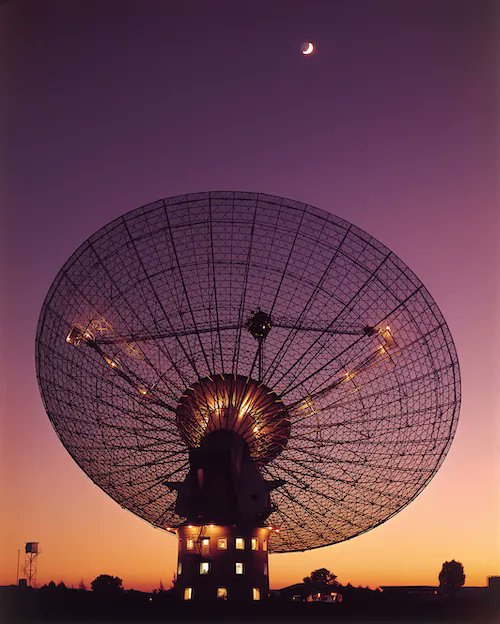
In a recent paper submitted to The Astronomical Journal in November 2022, a scientist at the Swiss Federal Institute of Technology Lausanne quantifies how the Earth has not heard a radio signal from an extraterrestrial technological civilization over the course of approximately the last 60 years, which is when the Search for Extraterrestrial Intelligence (SETI) began listening for such signals. They also quantify the potential likelihood pertaining to when we might hear a signal, along with recommending potential strategies that could aid in the ongoing search for detecting a signal from an extraterrestrial technological civilization.
Continue reading “Does Failing to Detect Aliens Mean We’ll Never Be Contacted?”What if we’re truly alone?
At least once, you’ve looked up at the night sky and asked the same longstanding question we’ve all asked at least once, “Are we alone?” With all those points of light out there, we can’t be the only intelligent beings in the universe, right? There must be at least one technological civilization aside from us in the great vastness that we call the cosmos.
Continue reading “What if we’re truly alone?”Why ‘Contact’ still resonates after 25 years

25 years ago, the film Contact made its theatrical debut starring Jodie Foster and Matthew McConaughey and told the story of Dr. Eleanor Arroway (Jodie Foster) who picked up a radio signal from the star Vega and how this discovery impacted not just herself, but humanity as a whole. Over time, she discovers the signal has embedded instructions sent by the aliens to build a device capable of sending one person into outer space, presumably to meet the Vegans.
Continue reading “Why ‘Contact’ still resonates after 25 years”Will Mars finally answer, ‘Are we alone?’
We recently examined how and why the planet Venus could answer the longstanding question: Are we alone? Despite its harsh environment on the surface, its atmosphere could be hospitable for life as we know it. Here, we will examine the planet Mars, aka the Red Planet and the fourth planet in our solar system, which has been marveling sky watchers from ancient times to the present day.
Continue reading “Will Mars finally answer, ‘Are we alone?’”
